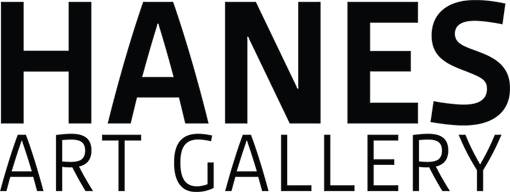ex postGlobal:

ex postGlobal:
New Acquisitions to the WFU Student Union Collection of Contemporary Art
SEPTEMBER 15 – OCTOBER 15, 2017
MAIN GALLERY
In March, 2017, The Student Union Art Acquisitions Committee (SUAAC), consisting of six WFU students, purchased works by Mona Hatoum, Shirin Neshat, Faig Ahmed, Richard Mosse, and Sun Xun. In this exhibition, Mona Hatoum’s presence will be increased by the addition of two works from Alexander & Bonin, her New York gallery, and Sun Xun’s work will be augmented with his large-scale video installation The Time Vivarium , on loan from Sean Kelly Gallery.
Although not consciously intended, none of the artists selected are American, and they represent perhaps the penultimate moment of our recent era of globalization. ex postGlobal, or, “from after the global,” thus refers to our vantage point following slippages along the stressed fault lines of the globalized world, as manifested in Brexit, nativist movements in Europe, and the U.S. presidential election of 2016.
The work of each artist in ex postGlobal can be viewed in part as a metaphoric response to aspects of globalism: Neshat’s portraits overlaid with a veil of Farsi calligraphy, simultaneously obscuring and revealing, mirror her experience of returning to post-revolution Iran; Mosse’s infra-red images of Congolese child-soldiers, repurposing a Vietnam War-era film technology where greens register in an inverted spectrum from pink to magenta; Sun Xun’s processing of received myths of revolutionary China within his own animated (and animal “populated”), expressionist scenarios; Hatoum’s conflation of the political and personal in a single image, combining an all-bold-caps slogan emblematic of the1980s with a self-portrait to address ongoing war and oppression in the Middle-East; Ahmed’s “hacking” of traditional “Oriental” carpet forms and production to wryly comment on the fuels of modern globalization – oil, data (genomic as well as digital), pixels and “liquidity” – while recalling the historical role of the carpet as “exotic” trade item.
Globalism, in art as well as in international relations and trade, describes the world’s increased internationalization over the past quarter-century, a process which simultaneously heightened the awareness and status of “non-Western” art and artists as well as their markets – evinced by the proliferation of biennials and art fairs – while also often leveling the differences that likely made them attractive in the first place. Such is one caveat of globalization; its products may coalesce from everywhere while ultimately lacking compelling character, seemingly unrooted to the specifics of place, culture, or creator. The artists in ex postGlobal created their work in the period of “peak globalization,” often in places distant from the traditional focus of a still-decentralizing art world. While responding to globalism and globalization, they also gesture towards an ideal for art in the “post-global,” wherein the complexities of aesthetics, ideas, and narratives, previously suppressed or co-opted as products within the streamlined systems of the manufacture and movement of goods and wealth, could become more visible on their own terms.
Curator
Works selected by SUAAC; Paul Bright, director Hanes Art Gallery, in collaboration with Sean Kelly Gallery and Alexander & Bonin (NYC)
Reception
Friday, September 15 3-4:30 PM
Related Programs
SUACC Discusses the What and Why of the 2017 Student Union Art Acquisitions
September 15, 2017, 3:30pm
Free and open to the public

